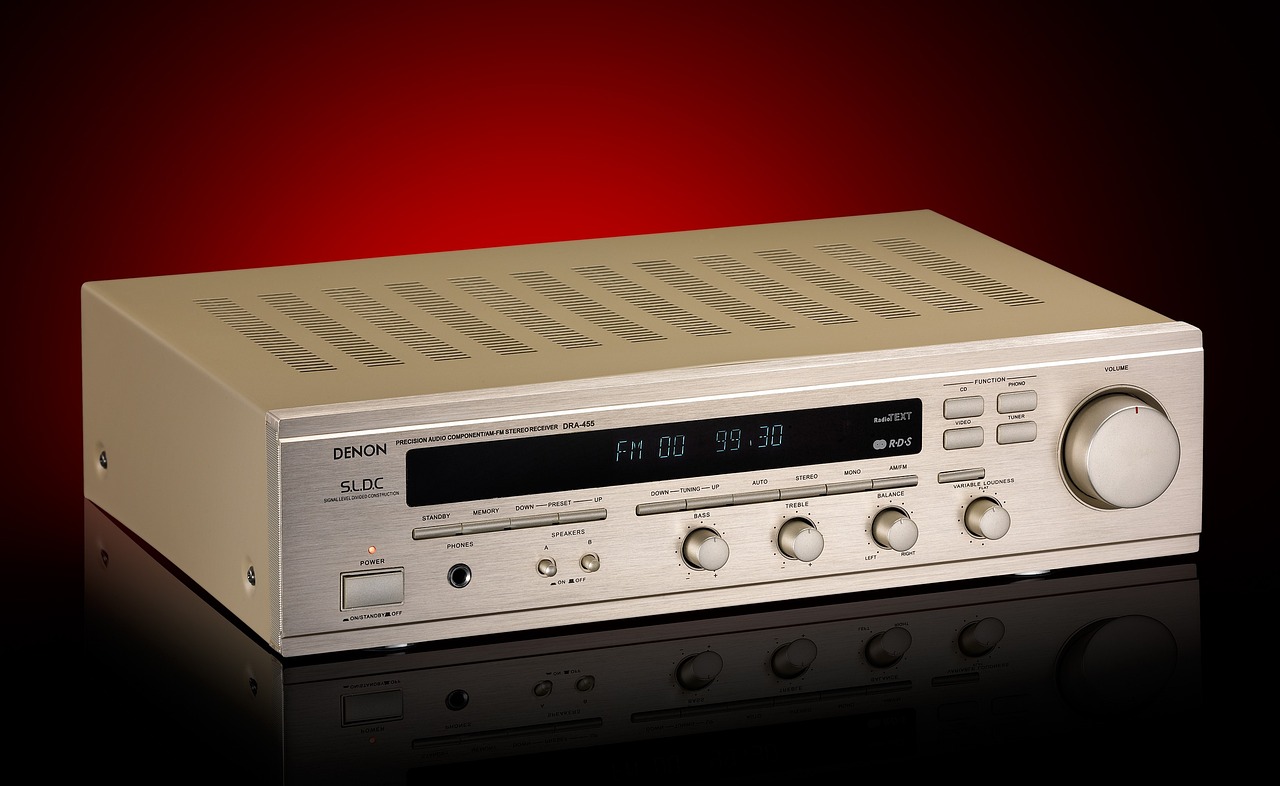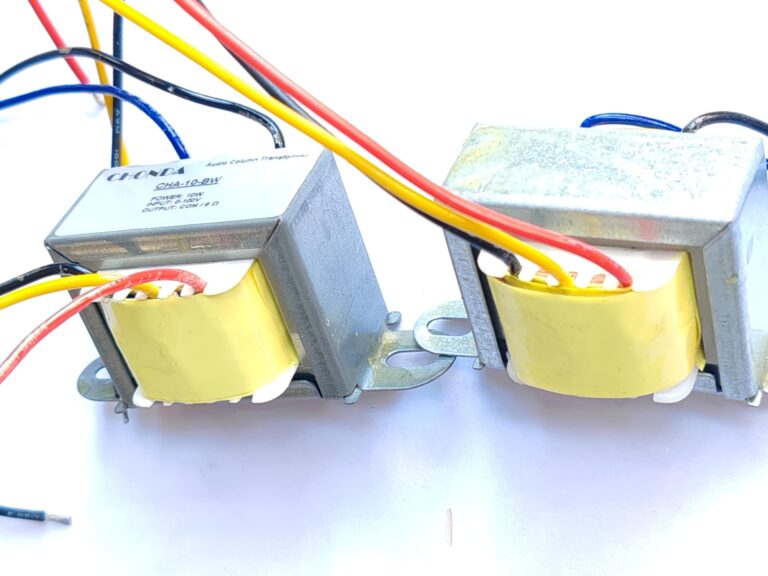We help the world since 2012

Audio Matching Transformers: Key Components for Optimizing PA System Sound Quality
Introduction
In a PA system, achieving clear and high-fidelity sound is essential. Whether for background music, campus broadcasts, or large event sound systems, ensuring smooth signal transmission is key. An Audio Matching Transformer plays a crucial role in optimizing audio quality, preventing signal loss, and matching impedance between devices.
This article explores the functions, working principles, and applications of Audio Matching Transformers, and clarifies how they differ from 70V/100V Audio Transformers.
What is an Audio Matching Transformer?
An audio matching transformer optimizes impedance between audio devices, preventing signal degradation and equipment damage. Unlike 70V/100V audio transformers, which focus on high-voltage transmission over long distances, audio matching transformers enhance compatibility between connected devices.
For instance, in a PA system, connecting a mixer to a power amplifier requires proper impedance matching. Without it, the signal may weaken, leading to poor sound quality.
🔎 Want to learn more about 70V/100V audio transformers? Check out our guide: What is a 70V/100V Audio Transformer? How Does It Work?
Why Are Audio Matching Transformers Essential?
Audio matching transformers serve three key purposes:
1. Optimize Audio Signal Transmission
By balancing impedance, these transformers minimize signal loss, distortion, and reflection, ensuring high-fidelity sound reproduction.
2. Protect Audio Equipment
An impedance mismatch can overload connected devices, causing overheating or permanent damage. Using an audio matching transformer prevents such risks and extends equipment lifespan.
3. Enhance System Compatibility
PA systems often integrate mixers, power amplifiers, and speakers from different brands. A matching transformer acts as a bridge, allowing seamless compatibility between various devices.
How Do Audio Matching Transformers Work?
The operating principle of an audio matching transformer is based on electromagnetic induction. It consists of:
- Primary Coil: Receives the input audio signal.
- Secondary Coil: Transfers the optimized signal to the output device.
The turns ratio between these coils determines impedance matching efficiency. A well-matched impedance ensures better signal transfer and sound clarity.
Where Are Audio Matching Transformers Used?
These transformers play a crucial role in:
1. PA System Equipment Connection
They help match impedance between mixers, amplifiers, and speakers, optimizing signal transmission.
2. Broadcast and Conference Systems
Large venues, such as conference rooms, auditoriums, and stadiums, benefit from improved audio consistency and compatibility.
3. 70V/100V Audio Systems
While 70V/100V transformers handle long-distance signal transmission, audio matching transformers further optimize signal quality within these systems.
📌 Need help choosing a 70V/100V transformer? Read our guide: How to Choose the Best 70V/100V Line Transformer for Your PA System
How to Choose the Right Audio Matching Transformer?
To ensure the best performance, consider these factors:
✅ Power Rating: Match the transformer’s power to your system’s requirements. An underpowered transformer causes signal loss, while an overpowered one may damage components.
✅ Impedance Matching: Ensure input and output impedances align to prevent distortion and signal degradation.
✅ Frequency Response: A broad frequency range guarantees clear treble and deep bass, enhancing overall sound quality.
Frequently Asked Questions (FAQ)
1. Do I Need an Audio Matching Transformer in a 70V/100V System?
Not always. 70V/100V transformers manage long-distance transmission, while audio matching transformers optimize device compatibility. They can work together but serve distinct roles.
2. How Do I Know If My PA System Needs an Audio Matching Transformer?
Your system likely requires one if you notice:
- Impedance mismatches causing sound degradation.
- Distorted or weak audio when connecting different brands or models.
- Compatibility issues when integrating new components.
Conclusion
An audio matching transformer is a vital component in PA systems, ensuring signal integrity, equipment protection, and seamless compatibility. Unlike 70V/100V transformers, which focus on long-distance transmission, audio matching transformers match impedance between devices for better sound quality.
Understanding these differences helps you choose the right transformer for your PA system. If you have any questions, feel free to contact us! 🚀
Learn more about transformer installation best practices in our detailed guide.




